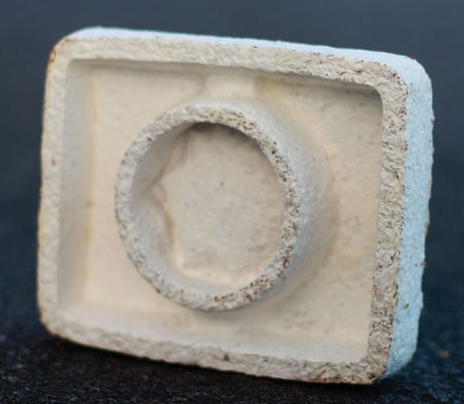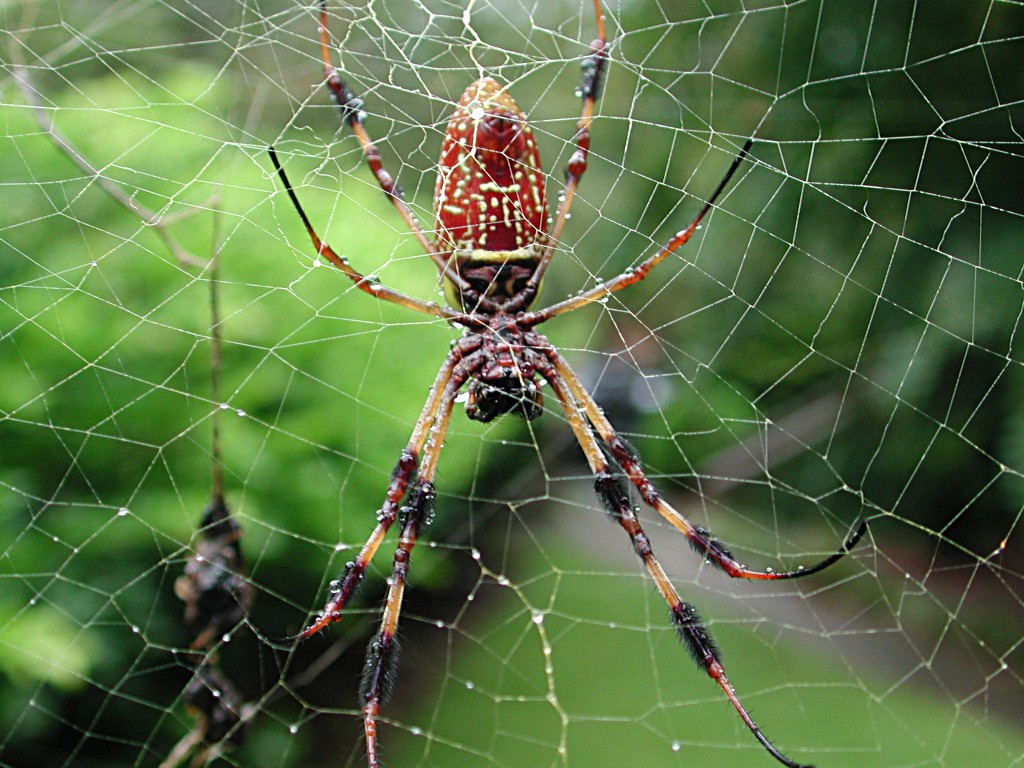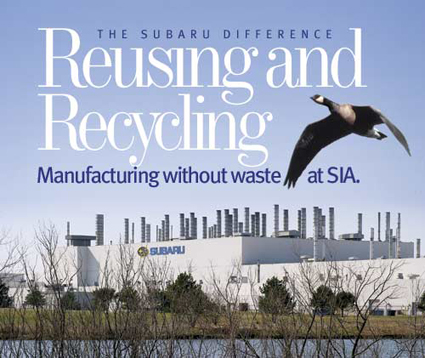
When you’ve finished with EcoCradle packaging, you don’t throw it out. You compost it. That’s because it is made from filamentous fungi (mushroom roots), which can be bonded into any shape.
According to Ecovative Design, which grows the packaging (yes, I meant to say “grows”), EcoCradle provides the same cushioning, strength and protection as petrochemical based materials such as Styrofoam. But unlike Styrofoam, when you’re done with it, it can be tossed into your garden or compost pile.
Because EcoCradle is anaerobically compostable, it will also break down without the presence of oxygen. This means it will break down even in a landfill. Now that’s some good news.
I spent quite a bit of time poking around Ecovative Design’s site, and it’s quite an interesting read. EcoCradle is grown, not manufactured, and is created by transforming agricultural byproducts like cotton seed hulls and buck wheat hulls. While you don’t normally think of mushrooms as strong, its R-value of 3 per inch makes it suitable for packing even heavy items. (See image of its use by Steelcase.)
In light of yesterday’s post, however, I was left with a question. What’s being done to ensure that consumers know they can mulch their gardens with EcoCradle so it doesn’t end up with the rest of the Styrofoam by mistake? I can only assume there is something printed on the box or on a card that is inserted inside, but how many people will read it? How many compostable or recyclable products end up in landfills simply because people don’t realize what they can do with it?
The good news is that EcoCradle does break down in the landfill, so it doesn’t really matter if people throw it out. In its current form, it also uses 10 times less energy per unit of material than the manufacturing of synthetic foams, and the company is working on a process that will reduce this to 40 times less per unit of material. The company’s pilot plant on Green Island, NY, uses hydroelectric power.
The last remaining question I had was, since it’s made from mushrooms, can you eat it? Guess what? The company actually answers this in its FAQ!
Well, you could, and because it’s all natural it wouldn’t hurt you. But, it’s non-nutritious and doesn’t taste very good, so we don’t recommend it.



